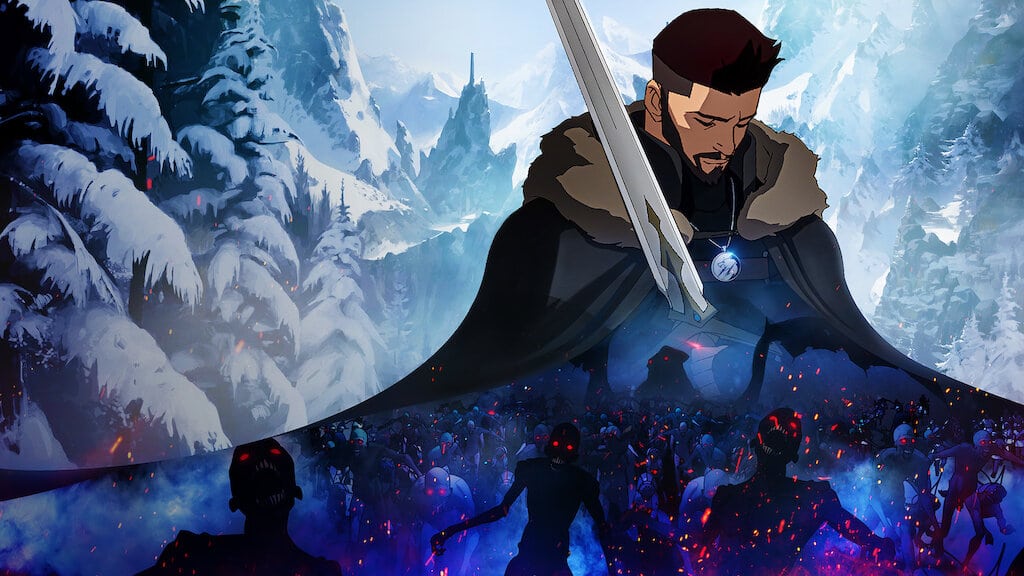This article contains spoilers for The Witcher: Nightmare of the Wolf on Netflix pertaining to Kaer Morhen.
The Witcher: Nightmare of the Wolf is out this Monday. This prequel spin-off of the live-action interpretation of The Witcher follows Vesemir, series protagonist Geralt’s mentor and father figure, as he gets involved in what many Witcher fans believe to be the most significant moment in witcher history — the sacking of Kaer Morhen.
This moment has been alluded to in every form of The Witcher media. After all, it was a devastating event that halted any more witchers from being created and turned witchers into an endangered species, weakening humanity and strengthening the forces of evil that plague the continent. The sacking has never been shown to fans though, since Geralt was a young child when it happened, and Geralt isn’t exactly the sharing type. As such, the question of how a seemingly impregnable witcher fortress like Kaer Morhen fell has become one of the great enduring mysteries of the franchise, and Nightmare of the Wolf provides a terrific answer.

Fear and Ignorance Are Good Business (but Bad for Kaer Morhen in Nightmare of the Wolf)
In The Witcher: Nightmare of the Wolf, the sacking of Kaer Morhen is portrayed as a self-fulfilling prophecy. A handful of witchers and sorcerers see the potential end to their careers due to the low numbers of monsters — something they themselves are the cause of. With the potential of losing their purpose in life, they decide that they should create mutated beasts, new variants that they can send out into the wild, thus ensuring their continued existence.
Unfortunately, in doing so, they create the very reason to destroy the witchers. With the birth of the mutated elf mage known as Kitsu, the sorcerers along with the complicit witchers unwittingly invite their doom. Kitsu’s introduction into the world of The Witcher has several implications.
One is that the elves may be the key to someday bringing back the witchers — after all, the elves are immortal, and a mutated elf may be something even more magical. Not only that, Kitsu is technically the first female created by the Trial of the Grasses — the lost experiments that created witchers that had historically only worked with males.
Knowing that this film is canon (at least to the Netflix series) means that Kitsu is a potential wildcard that can be introduced to Geralt’s story further down the line.
There is also the ignorance that runs through the story of the early witchers. In this film, humanity is maybe at a worse point in its relationship with the supernatural super soldiers. The witchers are even more reviled — and it’s probably warranted. They are conmen and sellswords, and they don’t care. It is this conjunction of fates that brings about the end of the witchers — at least the ones who were taught the old ways.
When Vesemir dusts himself off, he swears an oath that he’ll make the next generation, potentially the final generation, a better one. Fans of The Witcher games know the “quality” of the young witchers he trains.
This story expands on the world of The Witcher in a fascinating fashion. New elements are added to the lore to build further stories down the line, and they give fans closure for questions they’ve long asked. The Witcher: Nightmare of the Wolf is a fan’s dream.






Published: Aug 21, 2021 11:00 am